Young adult is a category filled with the documentation of firsts—first love being one of the most common. Any story about a teenager is going to be about self-discovery. So it stands to reason that a lot of books about GLBT (or “queer” to cover the gamut and then some) teens will be in large part about the process of coming out.
Personally, I was 28 when I came out and it felt like being 15 again. So if being a teen is about coming out, coming out can sometimes seem an awful lot like being a teen.
That said, some readers are beginning to bemoan the lack of other stories in Y/A with major queer characters. Does every book about queer teens have to be about coming out?
I say absolutely not. Coming out may be an angsty, teen-y experience in many ways, but it is not always so very angsty as to merit a whole novel. Other stories need telling, too. For the kid (or adult reading over a kid’s shoulder) for whom coming out isn’t or wasn’t an earth-shattering process, or for the ones who just want to read about something else, having lived enough of it already, those stories could and should take all kinds of forms.
The fact is that once you’ve gotten past that initial hump of coming out to yourself and to the most important people in your world, it’s not all that interesting to be queer anymore. “Gay” Y/A is going to start needing more than “gay” as a theme if it hopes to engage readers.
As a lesbian in an eight-year (extralegal) marriage with two kids under seven, I can attest to the fact that marriage is pretty much just marriage. My annoyances with my partner are much the same as my straight friends’ annoyances with their husbands. And while living in a heterosexist culture may impact my life in negative ways (eg: the extralegality of my marriage), so does living in a patriarchal culture as a woman, so does living in a racist culture as the (white) mother of African American children
Cultural biases definitely impact people’s lives, but let’s face it, the romance novels people love don’t dwell very much on how much sexism sucks, even though the main characters are usually women. The stories are much more about the specific details of the main characters’ circumstances. While sexism may put certain hurdles in a heroine’s way—perhaps she has to buck convention and marry someone her father doesn’t like—the story is about her relationship with the hero—not the argument with her father.
It is not the duty of fiction writers to make anyone a better person, nor to educate anyone nor to throw life rafts to the drowning. But fiction does have the potential for those kinds of effects (and their opposites and much in between). And if expanding the horizons of readers in general, giving queer kids a glimpse of how It Gets Better, or just affirming that they are people, are people, are people just like their peers, is anywhere at all on a writer’s list of goals, portraying the just-plain-human nuances of relationships between characters who are also queer, should be a to-do.
There are plenty of ways to do it. I have a young adult work-in-progress set in the past and another (not Y/A) work-in-progress set in the future. Both feature many lesbian characters and include strong romantic subplots. Neither book deals much with “coming out” or homophobia, but I consider both to be realistic portrayals of lesbian life and love. How can that be?
My historical story is set in the 1870s and ‘80s, partly in the slums of New York City and partly in the mining country of the Arizona Territory. One of my main characters has been passing as male since running away from an orphan’s home at age nine. At the end of the story, s/he is 19 and happy to be a “man.” Her love interest is conventionally female and their relationship is not worthy of much scrutiny because it passes as heterosexual. As for the self-discovery that they love members of the same sex, it would be historically inaccurate to have them too upset about that. For one thing, passionate relationships between women were acceptable—even committed, life-long ones—in the Victorian era, for another thing, both of my characters accept the passing boy as male. S/he is male-with-a-difference to be sure, but basically, male.
The futuristic story is simply set far enough into that future to imagine that people just don’t care that much about sexuality and gender boundaries the way they do now. One reader was confused by this. She wanted to know why these women weren’t more worried about the impact of being lesbians. Then she wanted me to add an explanation to the story of why they weren’t. I reminded her that in the 21st century, we rarely worry about being traded into arranged marriages as teens by our fathers, the way women did five hundred years ago. Nor do we ever sit around discussing how nice it is that we need not worry about that anymore. (Well, most of the time we don’t!)
Instead of being about being lesbians, my futuristic story is about challenges to the human race, as faced by two lead characters who struggle with having opposite values while being really attracted to each other. Oh, and they’re both women.
If we can’t imagine different worlds, we’ll never solve any of the problems in this one. Those different worlds could be frontier pasts, futuristic starships, or the internal landscape of an ordinary kid in the contemporary world who just cares more about the fight he had with his boyfriend yesterday than the fact that he has a boyfriend, rather than a girlfriend.
Shannon LC Cate is a write-from-home lesbian housewife and adoptive mom. She writes about writing at ShannonLCCate.com and about family life at Peterscrossstation.wordpress.com. You can find her on Twitter as @LilySea.
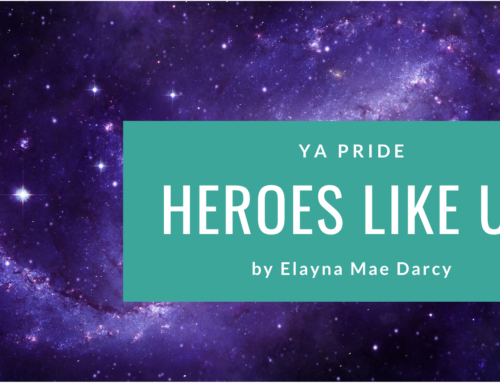
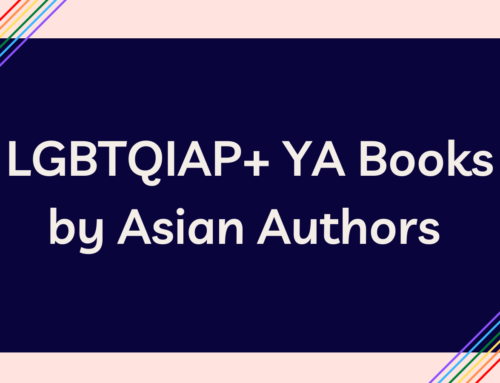
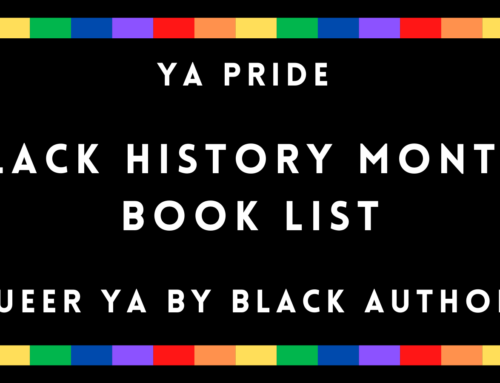
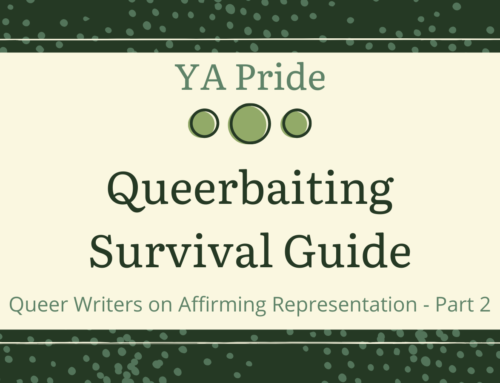
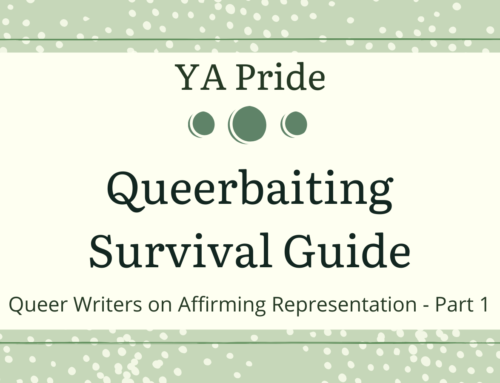
I agree with this whole-heartedly. For me, coming out wasn’t a big deal. It was just a thing. There was a girl I liked in high school, and that was that. No big crisis. So sometimes I have a hard time relating to the coming-out stories on a personal level.
My book, HUSHED, coming out (no pun intended) in December has a gay (or, bisexual, I guess) male MC. His sexuality isn’t called into question because the book isn’t about him being gay, it just so happens his love interest is another guy.
I think both of your stories sound awesome. They would definitely be ones I’d pick up and read.
[…] For more, head over to GayYA […]
I’d love to see more books where you know the character is gay or bi, but that’s not the biggest issue.
The book I’m actually going to start tonight involves the MC going on a road trip to visit his father the summer after his last year of high school. He goes with his twin sister, his boyfriend, and his boyfriend’s pregnant friend. The fact that he has a boyfriend isn’t the big issue of the thing, and I’m writing it because it’s the kind of thing I’d want to read.
Mind you, I think coming out stories have their place, as do realistic stories that deal with the difficulties of queer life when you are an oppressed minority.
However, when I decided to start writing queer fiction I vowed that I would not add to the pile of Miserable Lesbian Tales in our literary history. I was going to tell stories in which the girl gets the girl and keeps her and they live happily ever after (even if it’s in the post-apocalyptic End Times).
In the the fifties, the lesbian pulp press was huge, but those books were required by the censors to have tragic endings. Nothing could represent the possibility of being queer and happy. So that’s my agenda as a writer, and it suits me, because it’s what I enjoy.
But I have always said, that the revolution needs everybody, everywhere, doing everything. This is just my little corner.